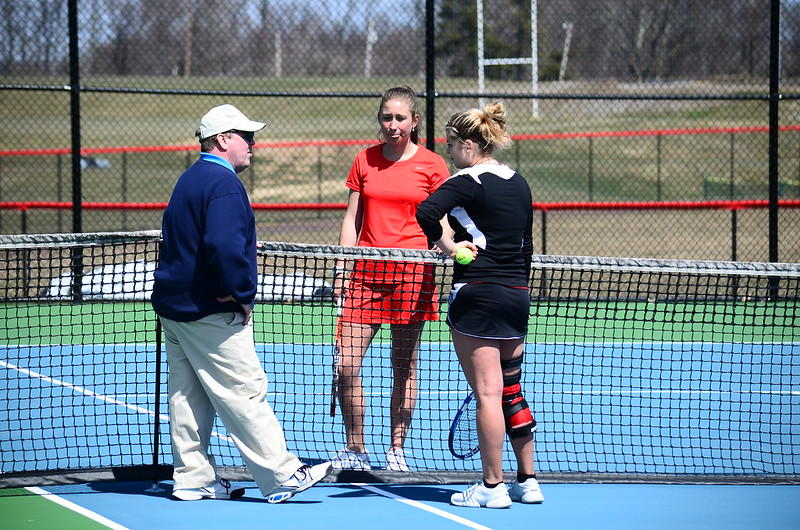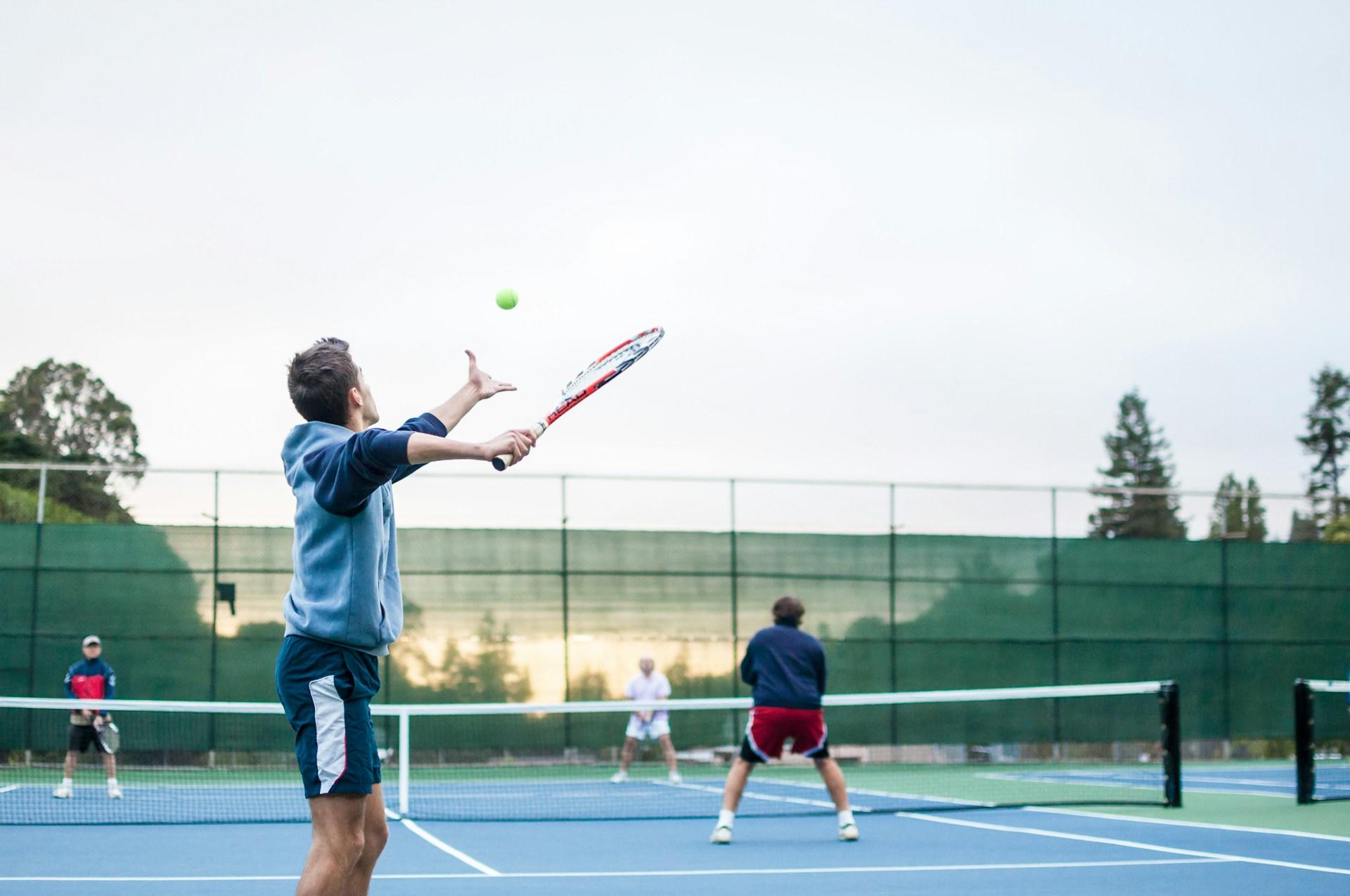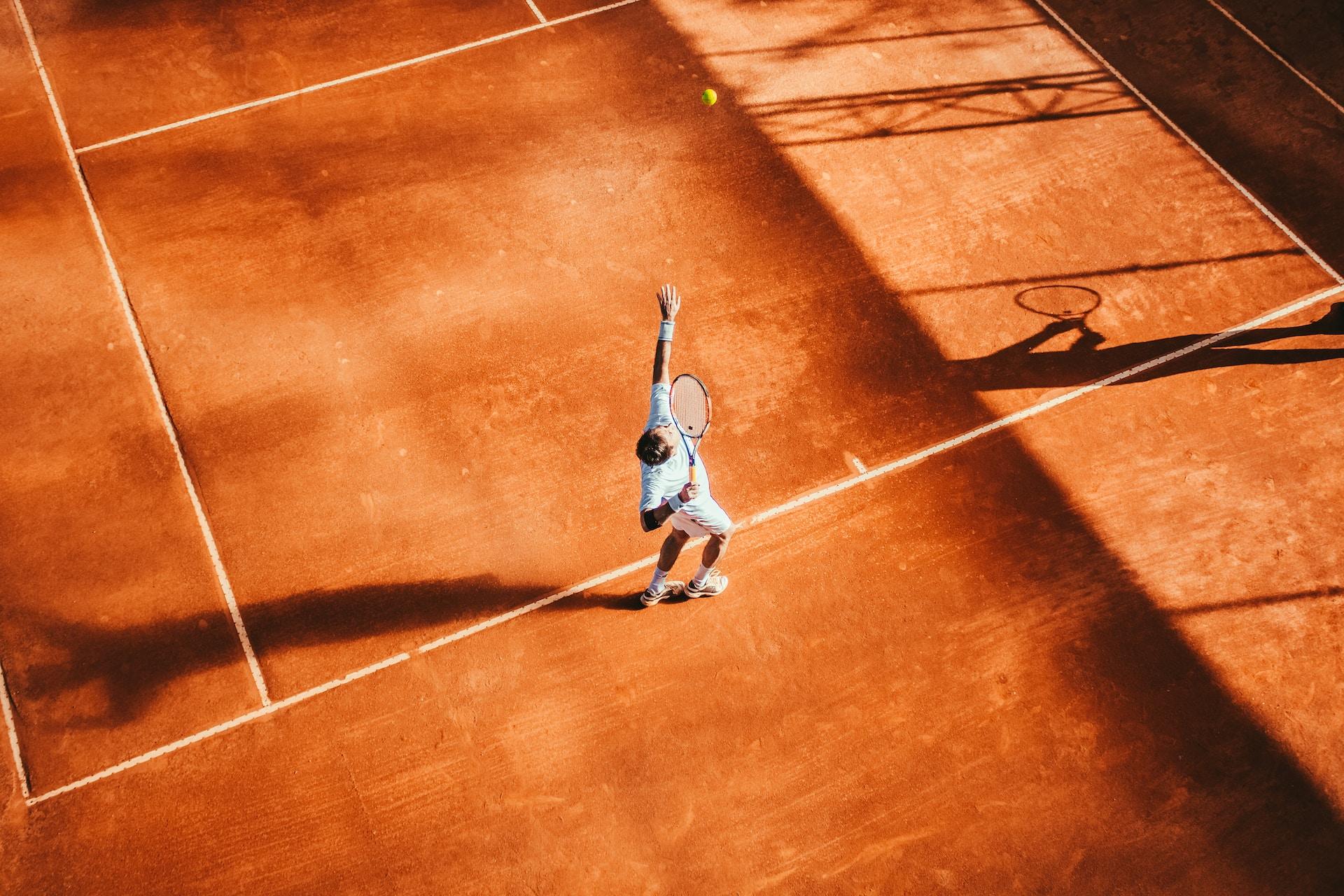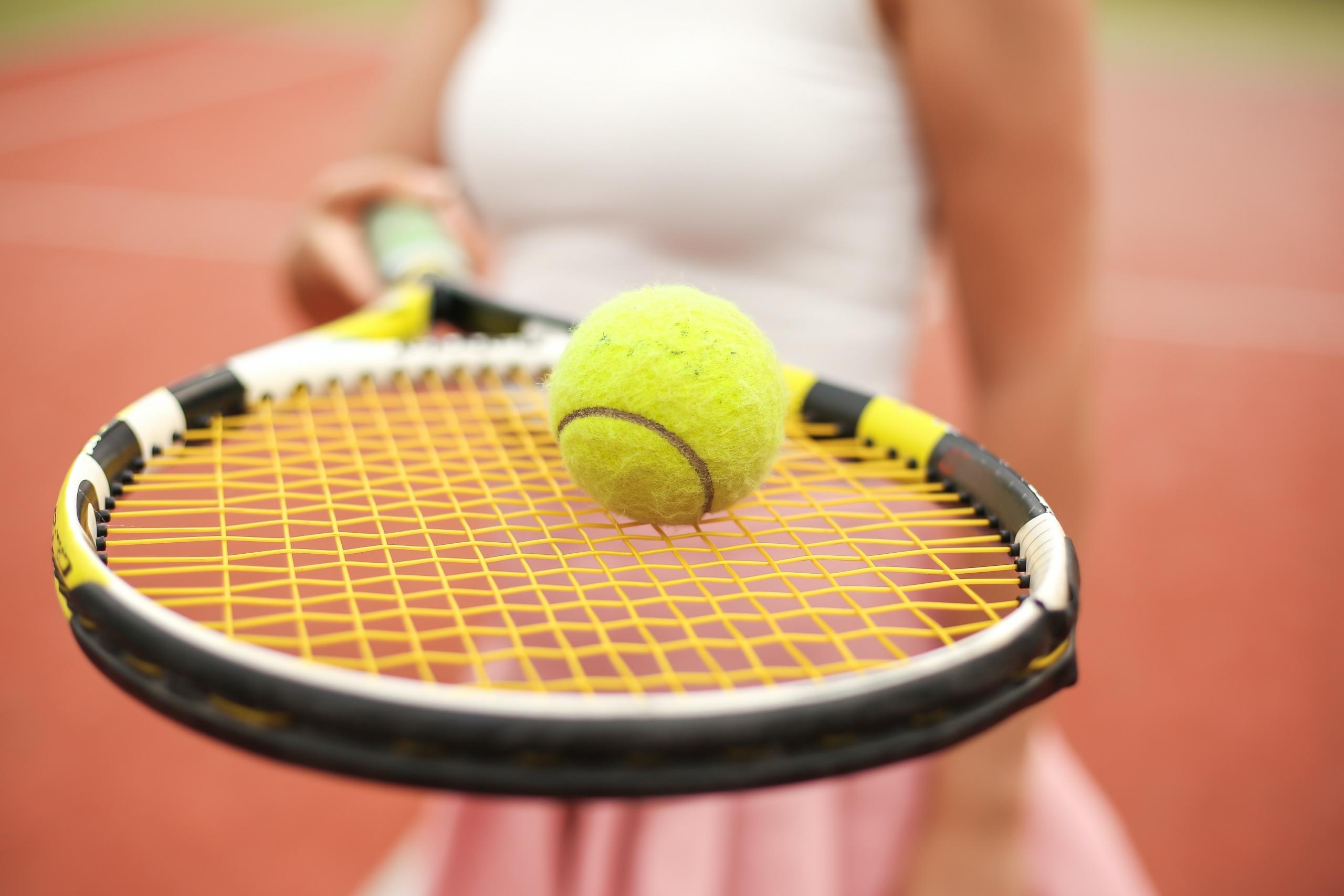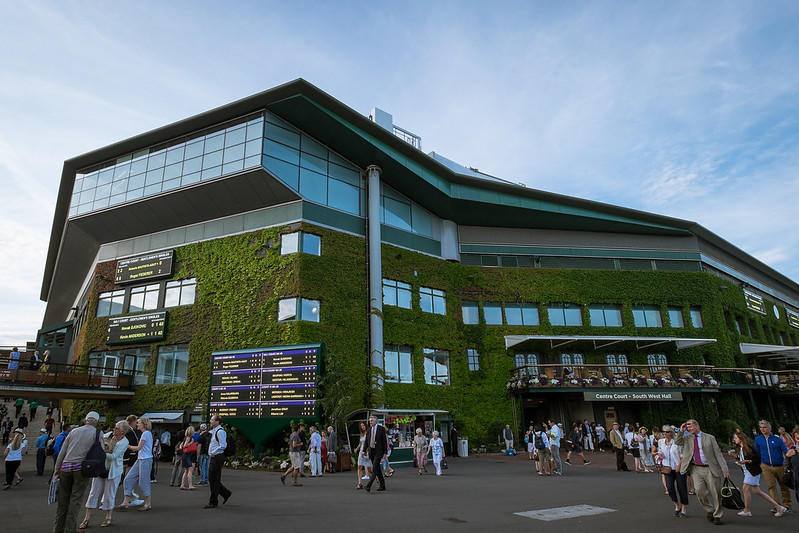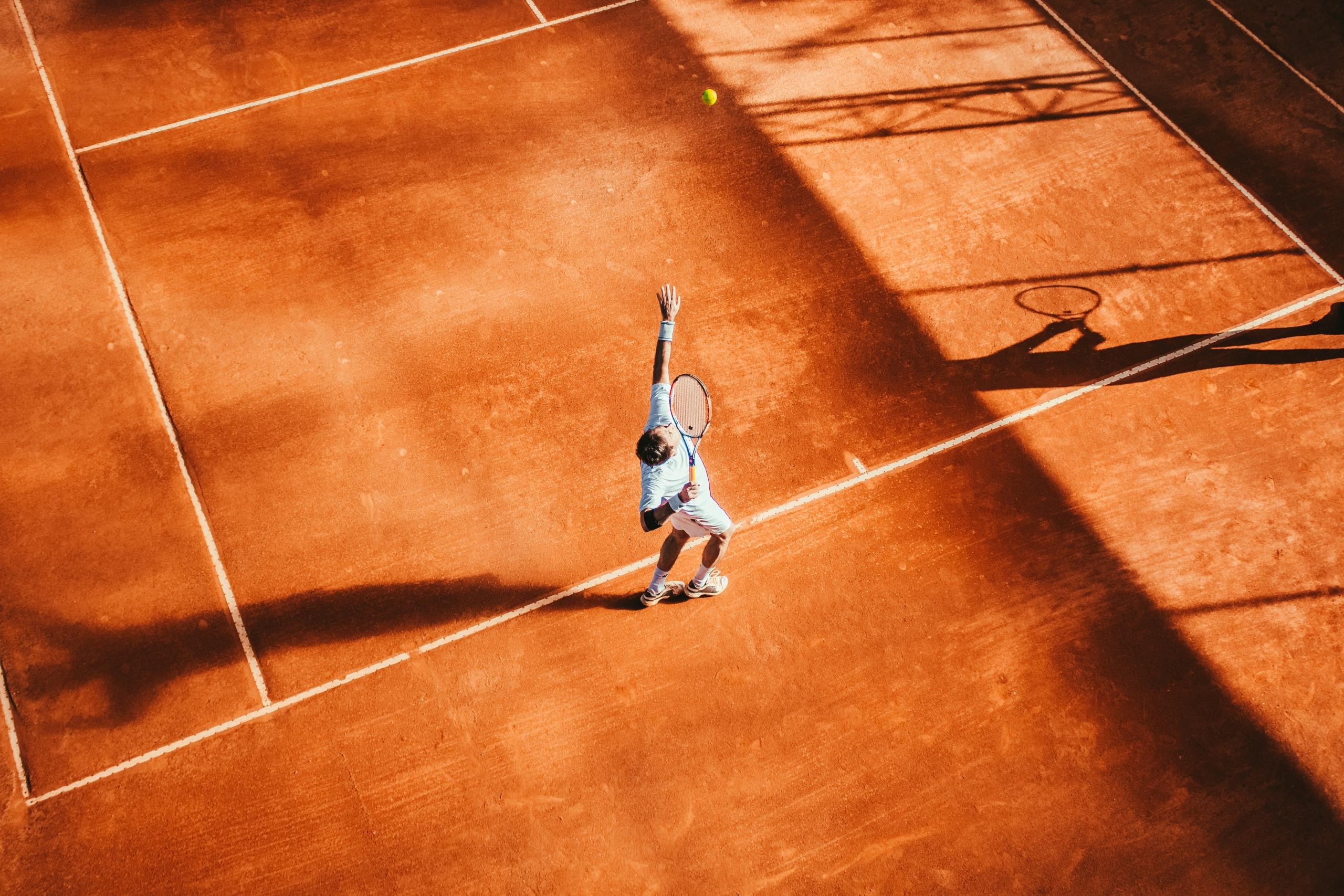Summer's here and the urge to frolic is upon us. For some, it must be hard trying to decide whether to stay home and watch Wimbledon matches or head to their local tennis court for tennis lessons.
And there's never been a better time to find a tennis coach.
Plenty of people have batted tennis balls around for fun, with no real intent to get into the game while others, totally frustrated by this eternal, infernal pandemic, are finding safe ways to engage in sports while still staying out of doors and away from everyone.
Could there be a better sport than tennis to achieve all of those aims? And how much could it cost you?
| Price range for tennis lessons in select UK cities: |
|---|
| London: between £25-60, with the average being £45. |
| Manchester: £18-35 per lesson. |
| Leeds: £25-80, with the average being around £35. |
| Brighton: between £20-50, with the average being £30. |
| Cardiff: between £28-45, with the average per-lesson cost being £30 |
| Glasgow: prices range between £20-35, with the average rate of £30 |
| Belfast: between £15-35, with the average rate being £20 |
Even if you've not yet given tennis any serious thought - maybe, like my mate, you believe tennis balls are best left for dogs to fetch, perhaps it's time you too picked up some tennis tips and discovered how you could become a tennis player.
Let Superprof lay out a few facts for you.

Tennis Tips: the Benefits of Tennis
Activity does a body good, sport does a body better and some sports do better than others. Tennis falls into the latter category. To understand why, you have to know a bit about aerobic and anaerobic modalities.
Find out more detailed information about tennis lessons Glasgow here.
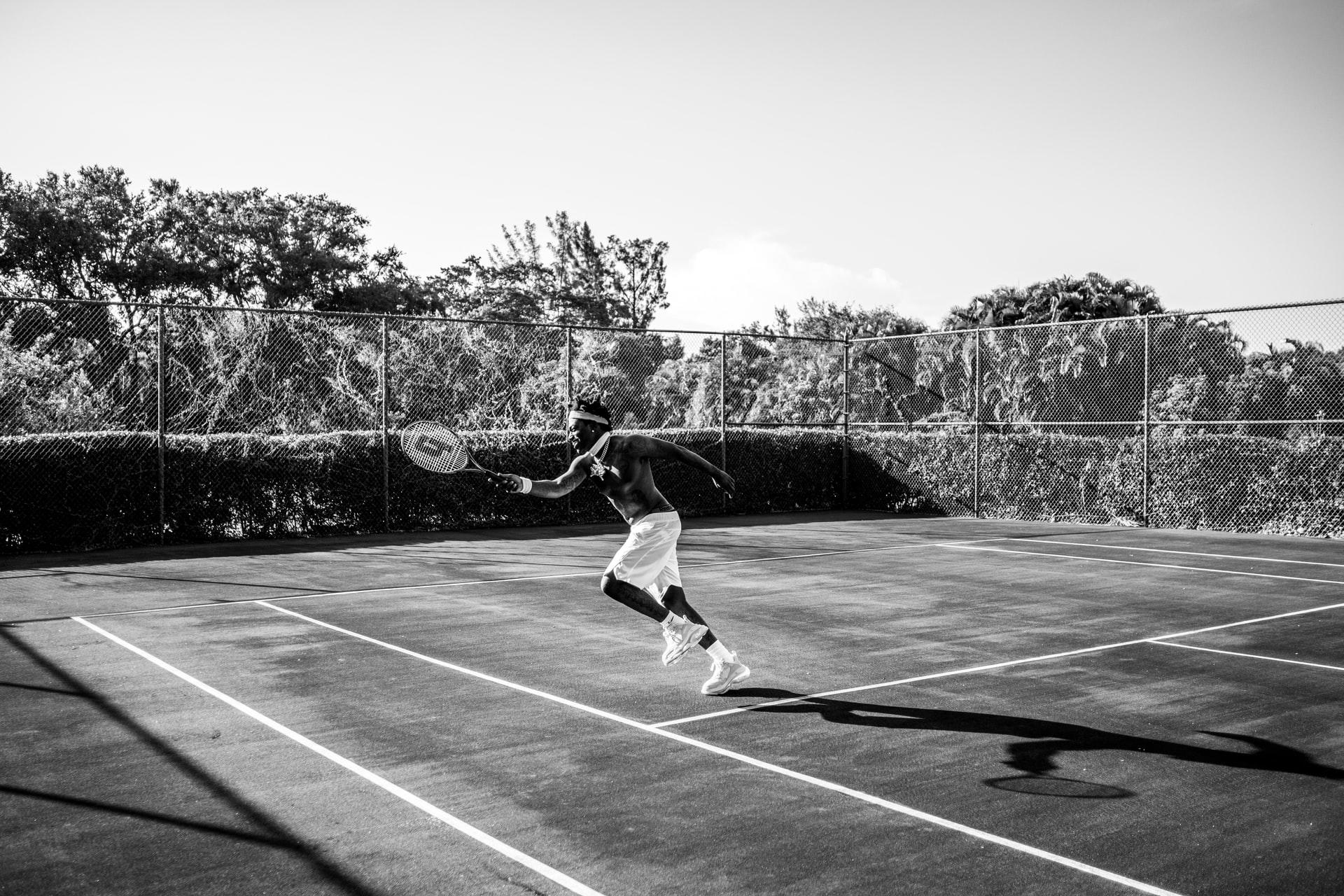
Tennis is considered both aerobic and anaerobic. Photo by Brian Lundquist on UnsplashAerobic activities are those powered by oxygen. True, humans need oxygen to live but when we do aerobic exercises, our bodies rely on the heart pumping faster and the lungs pulling in extra oxygen to feed our muscles' demand for rich, oxygenated blood loaded with glucose. That's the real energy substance.
Dancing, cycling, swimming and cardio routines are all examples of aerobic exercise.
By contrast, anaerobic exercise does not rely on oxygen to supply muscles with the energy food they need. The muscles themselves produce it through a fermentation process that turns lactic acid into glucose. As it's not safe for our muscles to create their own food, this type of activity can only happen for a very short while.
Isometric exercises, sprinting, box-jumping and weightlifting are all considered anaerobic because the activity happens in short but intense bursts.
Now that that's understood, we can circle back to tennis.
The game of kings, as tennis is also called, is one of the few aerobic/anaerobic sports, which puts it in the same category as high-intensity interval training, a discipline that calls for practitioners to engage in a prolonged bout of aerobic exercise, maybe running or cycling, and at regular intervals, burst into high-intensity movement - squats, push-ups or sprints.
HIIT is considered one of the most beneficial workouts because it helps you build strength, speed and stamina, all while boosting your metabolism. Tennis is in the same league, offering many of the same benefits as HIIT does.
Any tennis coach will tell you that getting healthy and fit is just one of the game's benefits; there are so many more that we had to write a whole article about them.
Learn the Rules during Tennis Lessons
Did you know that 'game, set, match' was a set of tennis scoring terms - not just a slang phrase used to describe a firm conclusion? I am not going to uni and that's game, set, match!
Back to tennis rules, now, and the first of our many tennis tips for beginners: this game's scoring system can be confusing and complicated.
That's why we covered rules for scoring fairly extensively in our Rules of Tennis article; so extensively, in fact, that we hardly had any room to talk about other rules of tennis, such as dress code, bathroom breaks and what happens if you curse at an umpire.
Do you remember when Serena Williams stepped onto the court in a catsuit at the 2018 French Open, causing a collective shock-gasp? The mountain of outrage reached the French Tennis Federation president, who declared that one must have respect for the game, and that her outfit went too far.
Fortunately, the International Tennis Federation revised its dress code, acknowledging that Ms Williams' compression tights were acceptable tennis wear and didn't require anything to be worn over them.
Find good tennis for kids near me here on Superprof.
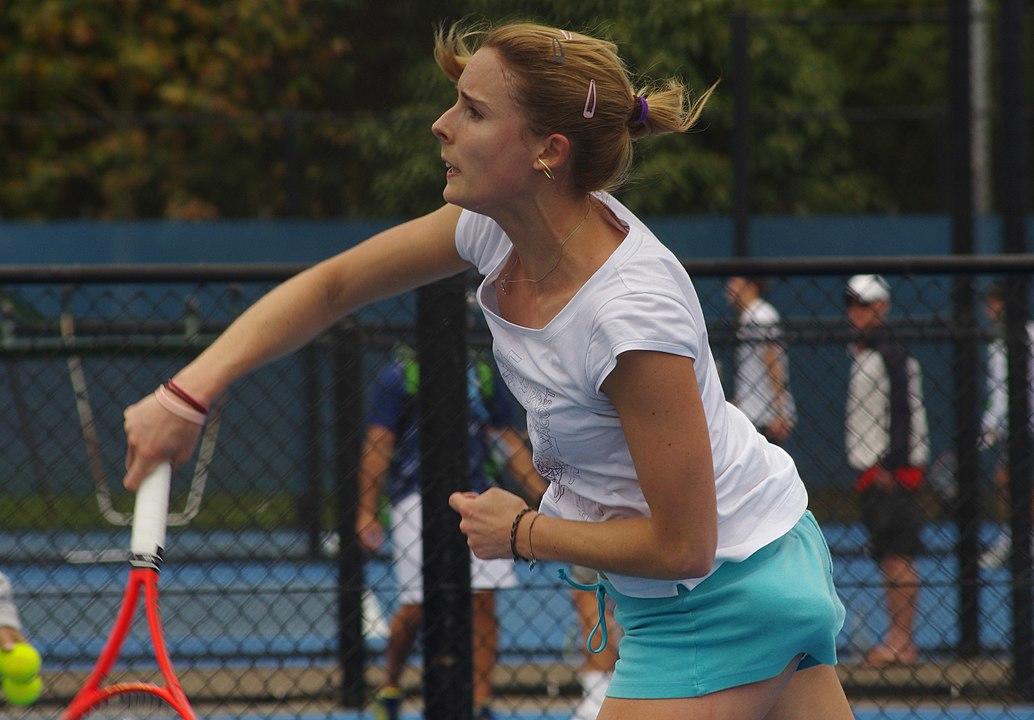
In another clothing scandal, Alizé Cornet realised her top was on backwards as she walked onto the court. She took a few seconds to fix it and earned herself a serious rebuke for unsportsmanlike behaviour. Outrage ensued, especially as male players routinely stand around shirtless. It's a move Rafael Nadal is famous for.
The Federation later removed the violation because the rule had been unfairly applied.
Some of tennis' more restrictive - and sometimes archaic rules lead players to explosions of frustration; more than one has smashed their racket on the court and, in one particularly noteworthy instance, led a player to beat the chair umpire's stand with their racket.
Such displays of temper can cost players points and, often, serious money. And these incidents are not all that rare; hundreds of players have faced penalties for racket abuse.
Tennis is full of decorum and rules to ensure that said decorum is maintained. Before stepping onto the court, you should study up on them lest you find yourself losing points, too.

Search: Tennis Coach Near Me
One of the best ways to find a tennis coach would be through an internet search for 'tennis lessons near me'. Or if you wanted your child to learn how to play tennis, simply expand your search to 'kids tennis lessons near me'.
Whether it's the trim outfits or the panache of the action, many who witness a heated match long to see if they too possess that degree of flair. To say nothing of the athletic ability playing tennis requires.
How can you find out whether you have what it takes to get into tennis?
First, you should try the game on for size. Look for free trial classes in your area or maybe a tennis taster session. Is there a Lawn Tennis Association chapter in your town or city? If so, you might consider dropping in on them; they too might host free or low-cost tennis clinics.
If, after getting a taste of the game, you still intend to pursue tennis, you should look around for tennis lessons. The first place to check would be your local community centre or sports centre; maybe they have at least one tennis player who wouldn't mind giving lessons.
You may also turn to Superprof to find your ideal private tennis coach. There are over 100 tennis Superprofs scattered around the UK; there may be one or more in your neighbourhood.
If you live in a middling-big city, there's a good chance that there'll be a tennis club you could join, where you can find tennis lessons for groups, pairs and individuals. For instance, typing 'tennis lessons London' into your fav search engine will return over 12 million results; surely your typing in your town or city instead of London will yield similar results.
Of course, learning how to hold a racket and hit the ball is not all there is to tennis, you also have to learn all the rules, as well as the scoring system. But you don't necessarily need a coach or instructor for that; you can learn those on your own.
Check how you can know more about tennis lessons London here.
Save your valuable coaching time for learning how to play!
Once you decide to get serious about tennis, you should look into buying what you need to play: a decent racket, a stock of tennis balls and suitable shoes. You might also consider a sun visor and maybe some wristbands so you can quickly arm the sweat from your brow. A small towel would work well, too, but they are not as handy during the game.
Doesn't that make you wonder what the best tennis racket for beginners is?
As you're planning your purchases, remember to factor in tennis court fees and club membership, if you plan to join.
In all, getting into tennis is not that hard. As soon as you're sure it is a sport you want to invest time and money into, the most difficult part is over... well, except for learning the scoring system.
Find good tennis lessons near me here on Superprof.
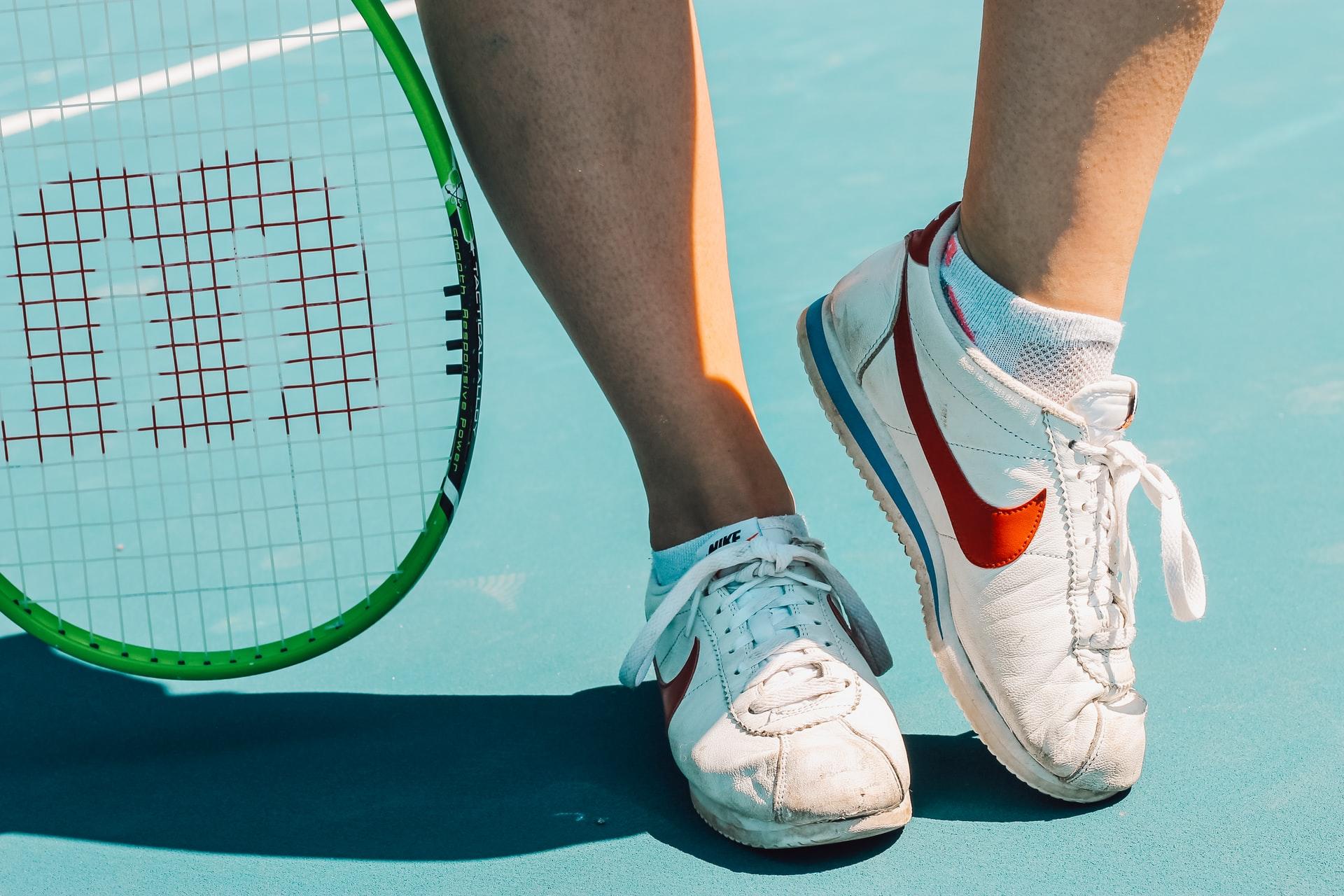
Tennis Racket for Beginners
Often, newly-enthused tennis players who take part in those aforementioned tennis taster sessions lose their spark after the free trial sessions wind down. Perhaps the racquet they borrowed from the tennis club was too heavy or they didn't hit the ball as often as they thought they should have.
To the untrained eye, tennis racquets are all the same but, as you're new to the game, you need a tennis racquet for beginners:
- the racquet head should measure at least 100 square inches
- the racquet should weigh no more than 300 grams (without strings)
- the racquet's length should not exceed 27 inches
- the racquet's grip should be no greater than 4 1/2
- medium-power is the ideal tennis racket for beginners
You might think that a low-power racket would be best for beginners but those rackets are harder to control. Likewise, hi-powered rackets wouldn't suit the beginner player well because, rather than learning proper form, beginners tend to rely on the racket's power to do most of the heavy lifting.
As for the racket's length, it might seem beneficial for beginners to play with a longer-handled racket or one with a smaller head - to reach farther and be lighter, but both of those assumptions are false, as well. The smaller racket head makes it harder to hit the ball and the longer the racket's overall length, the harder it will be to control.
Grip size - indeed, the whole endeavour of finding the right racket for you requires a bit of trial and error, and research. And, of course, tennis rackets for younger children will be smaller. Keep in mind that everyone's different; what might be the right grip size for you might not work for the next players.
You might see if your local sporting goods store will let you try out a racquet for a couple of weeks, for a small fee. If not, many online outlets will allow you to demo a racquet so you can try it before buying.
Tennis balls are, fortunately, far easier to select. Different court surfaces call for different types of tennis balls but, as a beginner, you don't need to worry about that. Unless you're buying tennis balls for a child's tennis lessons (they will be smaller), feel free to buy any type and brand of tennis ball you want. Later, you'll have to think about differently-made tennis balls, once you get good at the game.
You'll have to be far more selective with your shoes, though.
For your first few lessons, you will surely get by wearing your trainers but, as you get more active on the court, you will need shoes that can withstand sudden starts and stops, pivots and side-to-side scuttling. Indeed, if you persist in wearing your running shoes or other trainers on the courts as you learn to manoeuvre on it, you risk injuring yourself or causing damage to your feet and legs.
Shoes specifically meant for tennis are designed to hold your feet secure while providing traction for sudden movement, both laterally and forward/backwards, as well as for sudden stops. Also, they tend to be more durable than ordinary trainers on the courts because of the way they're made.
Often, such shoes come with an outsole guarantee of up to one year, in some cases. Or you may purchase such a guarantee on top of the cost of the shoes. That would be a good move because, should your tennis shoes wear out within the guarantee period, you would be eligible for a replacement pair and, sometimes, an upgrade to a more expensive model, at no cost.
Finally, let's talk about sweat.
Tennis players don't wear those cuffs on their wrists simply to display their sponsors' logos. Those terrycloth, stretchable bands allow players to wipe the sweat off their brows as they play and, more importantly, to keep sweat from running down their arms, into their hands and onto their racquet handles.
You may choose to keep a small towel in your tennis bag, as many tennis pros do so that, during breaks in the action, you can use it to wipe your brow, your hands and racquet handle. A sun visor, à la Emma Raducanu, can also keep the sweat out of your eyes.
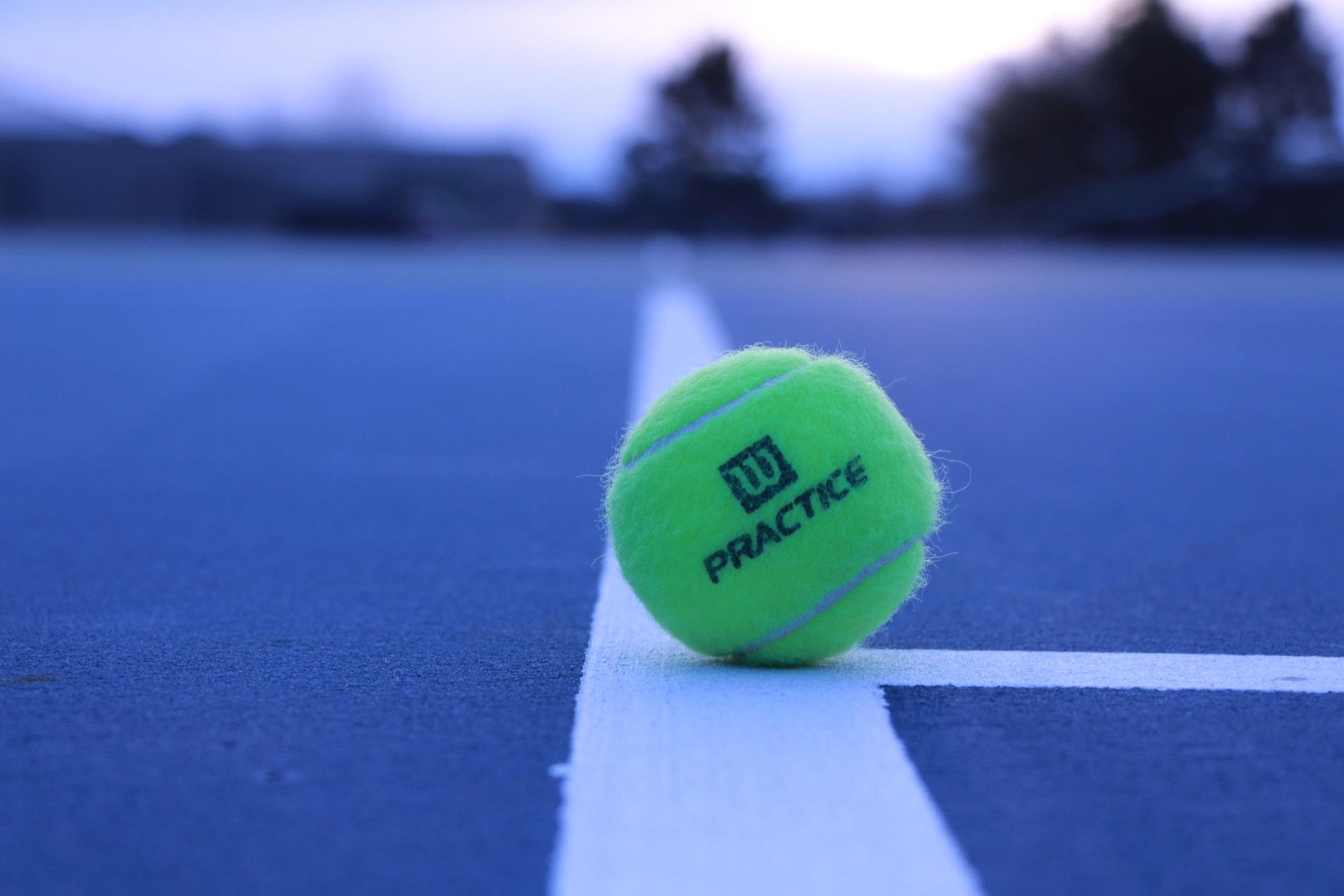
The Cost of Tennis Lessons
As unsavoury as ending a discussion with money is, that's the tack we want to take because you're going to be pleasantly surprised at how inexpensive tennis playing can be.
Crisscrossing the UK to discover what prospective tennis players might have to pay, we were astounded to find that, in some places, lessons could be had for as little as £3. In one city a year's worth of court fees amounted to exactly £30 - hardly a princely sum, wouldn't you say?
When considering the cost of tennis lessons, the type and format of the lessons matter, as does your age and ability. For instance, if you were deaf or learning disabled, you might need a private tennis coach who is trained to work with special needs.
Let's say you're the head of a household who wants to get the brood moving, and you want to get moving together. You might seek out family tennis lessons. Or, if you move quite enough but you want your kids to have more to do, you might need to find a coach who works with kids.
The bottom line is that the cost of tennis lessons is far more reasonable than you might think and, depending on what you're looking for, you might become at least tennis-proficient much sooner than you thought!
Let us know how you get on, won't you?

